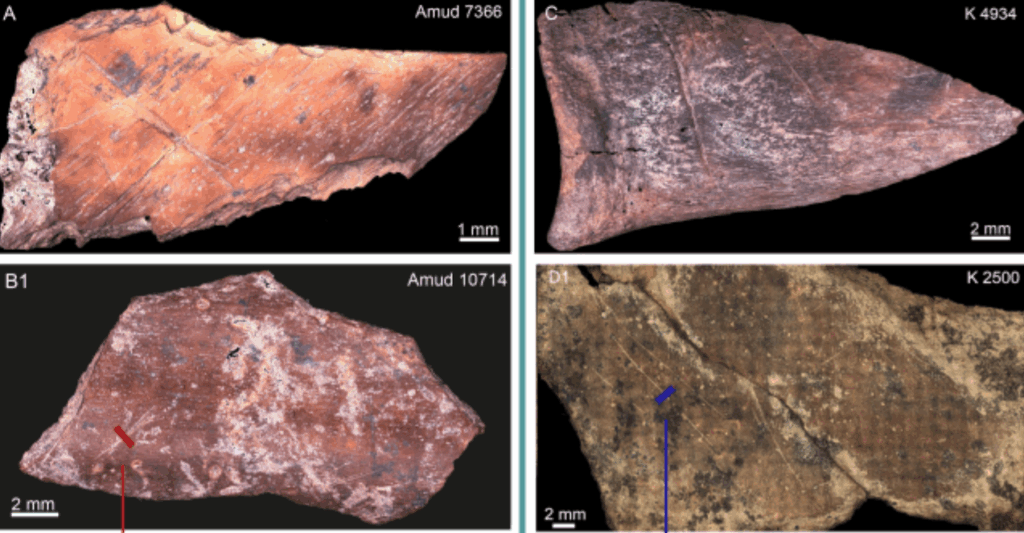Sixty thousand years ago, in what is now northern Israel, two Neanderthal groups lived in close proximity. A recent study, however, reveals a fascinating divergence in their dietary habits, showcasing surprising cultural differences even within such a geographically limited area.
***
Different Strokes for Different Folks: Butchering Techniques 🥩
Archaeologist Anaëlle Jallon and her team from Hebrew University of Jerusalem meticulously examined animal bones from two separate Neanderthal sites. Their analysis focused on cut marks left during butchering, revealing subtle yet significant variations in how these ancient hominins processed their meals. Even something as seemingly mundane as the way an animal was cut up provides a window into their distinct cultural practices. The study highlights how seemingly minor variations in tool use can speak volumes about differing cultural practices.
***
A Neanderthal Menu: Same Ingredients, Different Recipes 🥗
The Neanderthals inhabiting the Sea of Galilee region between 70,000 and 50,000 years ago enjoyed a diverse range of game. Deer (from small roe deer to larger red deer), gazelles, wild goats, boar, aurochs, and even horse relatives were all part of their hunting repertoire. The abundance of prey would suggest a relatively homogenous diet across the region; however, this assumption is challenged by the research.
***
The Pleistocene Pizza Paradox: Cultural Variations in Food Prep 🍕
The study’s findings paint a picture of distinct culinary cultures. While both Neanderthal groups had access to the same range of animals, the ways they processed and consumed them differed significantly. This suggests that even amongst geographically close groups, cultural variations played a pivotal role in shaping their daily lives and food practices. This is akin to the modern-day culinary differences between cities like New York and Chicago, where the same ingredients can be used in vastly different ways. The research underscores the complexity of Neanderthal societies and the importance of considering cultural factors in our understanding of their behavior.
***
Conclusion: A Deeper Understanding of Neanderthal Life 📜
The discovery of these distinct Neanderthal culinary cultures challenges simplistic views of these ancient hominins. It emphasizes the importance of analyzing even the smallest details—like cut marks on bones—to reveal the rich tapestry of their lives and the surprisingly diverse nature of their societies. Future research will undoubtedly shed more light on the factors that contributed to these cultural differences and their implications for our understanding of Neanderthal behavior and social organization.



